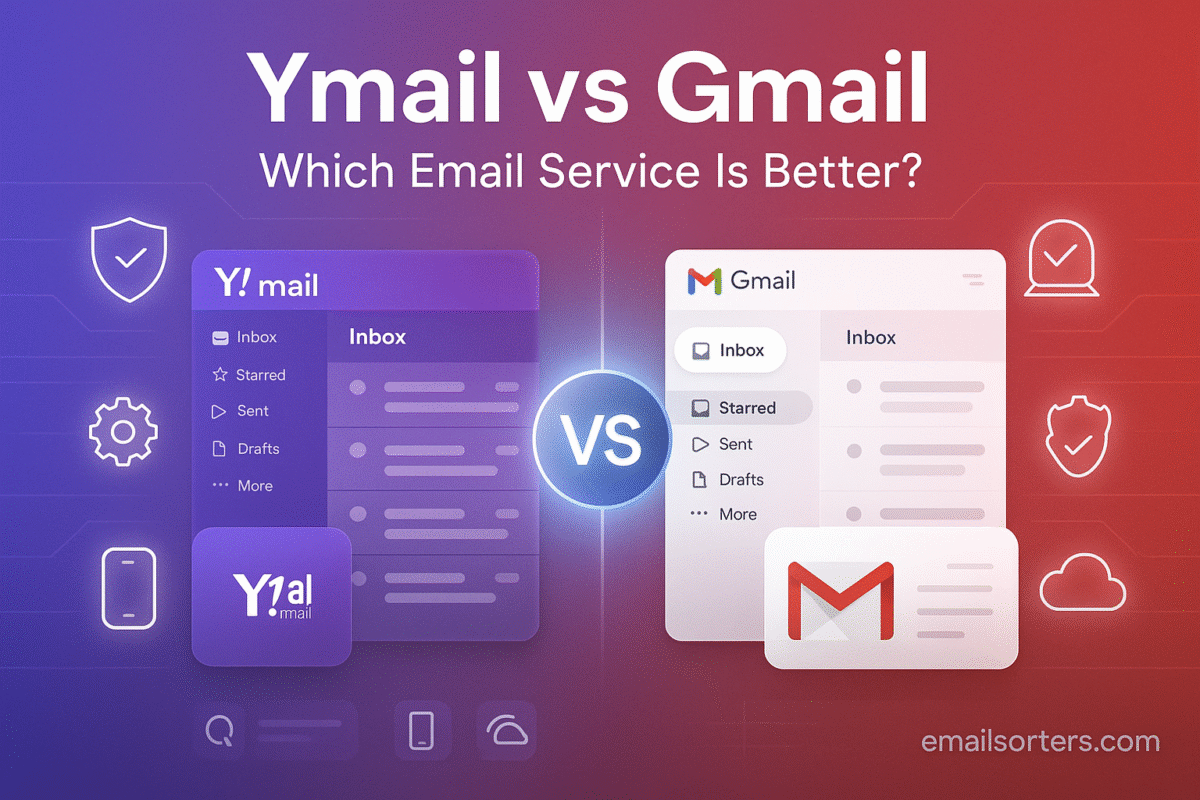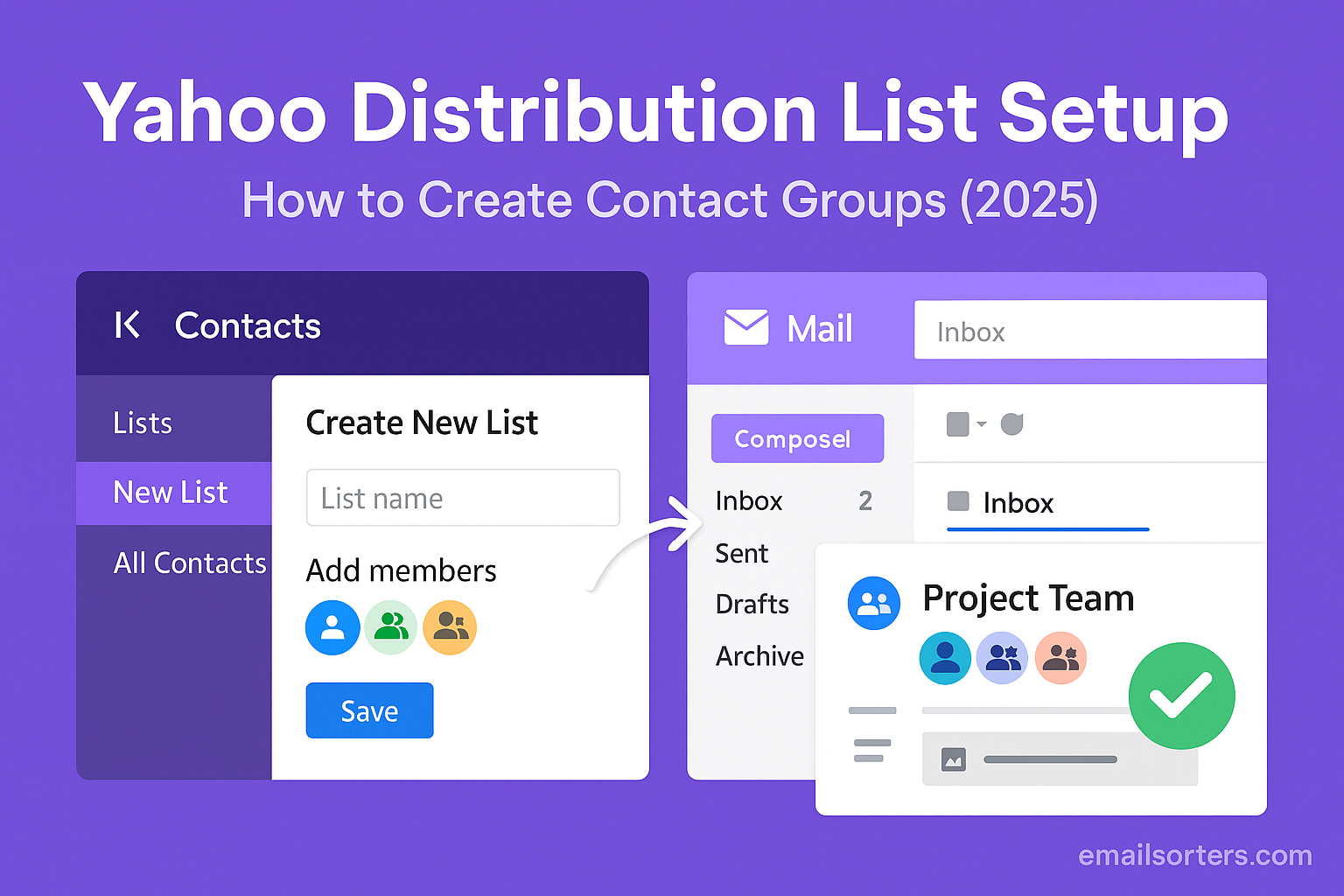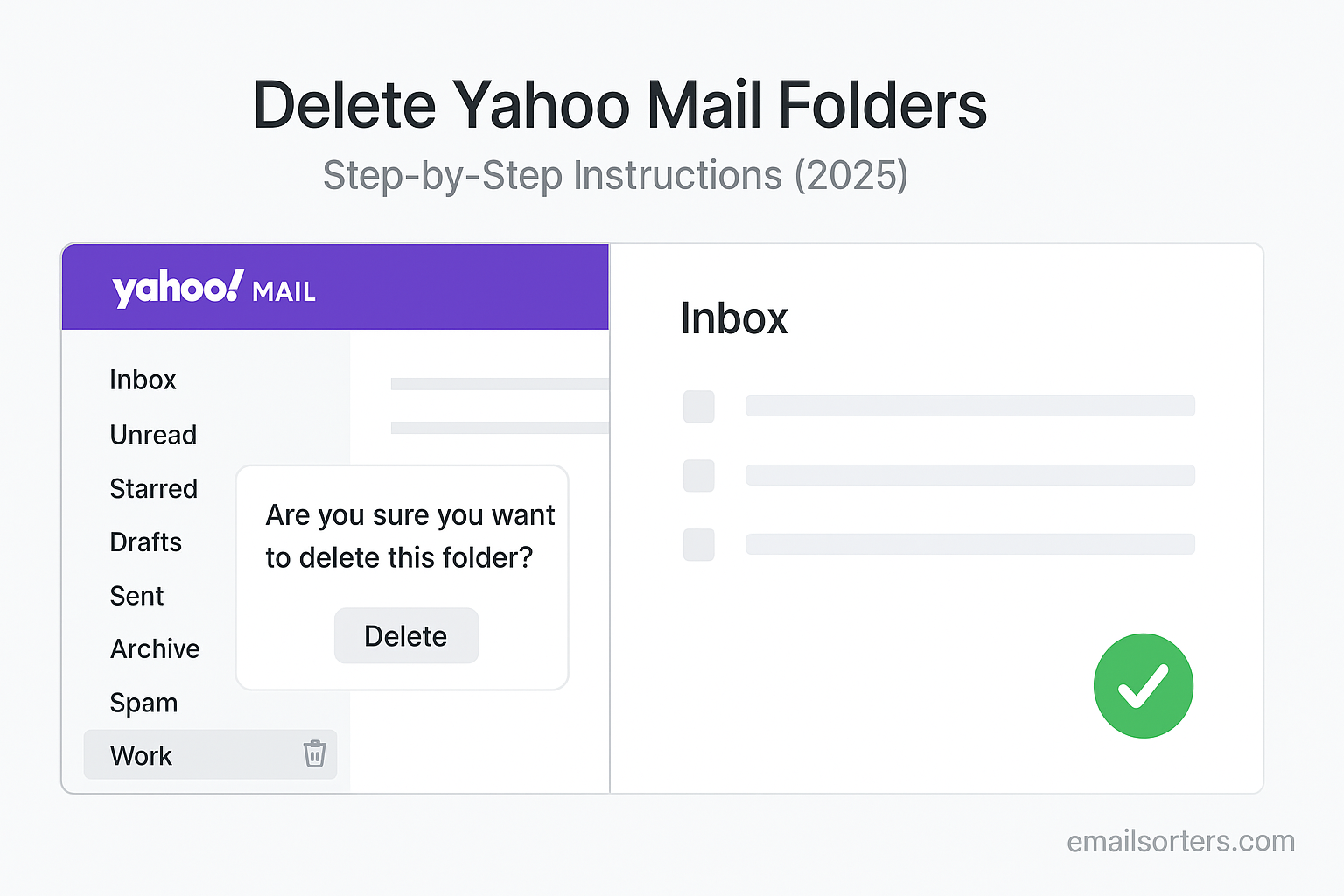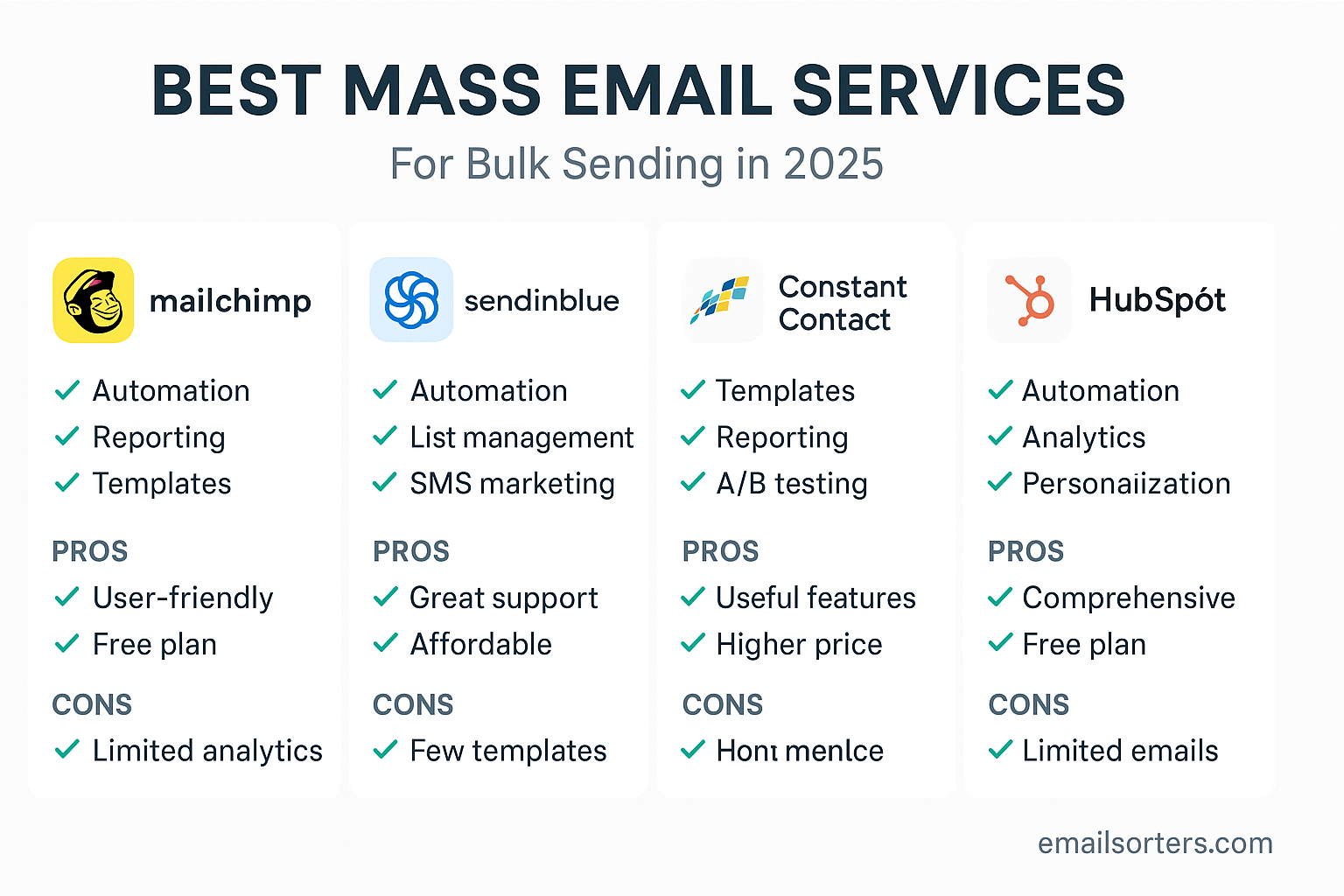Ymail vs Gmail, two services with the same goal but very different vibes. Gmail is the giant, loaded with Google integrations, smart features, and constant updates. Ymail (Yahoo Mail) still holds its ground with a loyal user base, generous storage, and a simpler, ad-supported platform.
So which one’s better for you? That depends on what matters most: speed, storage, spam filters, customization, or how well it fits into your daily routine.
In this guide, I’ll compare Ymail vs Gmail side by side, breaking down the pros, cons, and unique features of each, so you can decide which inbox deserves your time in 2025. Let’s dive in.
What Is Ymail? A Quick Clarification
Before diving into the comparison, it is essential to clear up the Ymail question. Many users with a @ymail.com address wonder if their service is different from the standard @yahoo.com.
The Connection Between Ymail and Yahoo Mail
Years ago, as desirable usernames on the main @yahoo.com domain became scarce, Yahoo introduced alternate domains, including @ymail.com and @rocketmail.com. This allowed new users to get the username they wanted. Functionally, there is no difference. A Ymail account is a Yahoo Mail account. It uses the same interface, features, and login page. For a complete look at the platform’s capabilities, this detailed Yahoo Mail overview covers everything you need to know.
User Interface and Overall Experience
The first thing a user notices is the interface. This is where Gmail and Yahoo Mail take fundamentally different approaches. One prioritizes minimalist integration, while the other focuses on customization and content.
Gmail’s Minimalist and Integrated Design
Gmail’s interface is famously clean and function-focused. It uses a minimalist design that prioritizes email content with less on-screen clutter. In recent years, Google has integrated its other communication tools directly into the Gmail layout. Users can access Google Chat, Spaces, and Meet from the same window, positioning Gmail as a central productivity hub rather than just an inbox. The search bar is a dominant feature, reflecting Google’s core strength in search technology.
Yahoo Mail’s Customizable and Content-Rich Layout
Yahoo Mail offers a more traditional but highly customizable user experience. It features a familiar three-pane layout that many users find intuitive. Its key strength is personalization. Users can choose from a variety of color themes and layouts to tailor the look and feel of their inbox. Yahoo also integrates content from its other properties, such as news headlines, weather, and sports scores, directly into the interface. This makes it feel more like a digital portal.
Storage Capacity: A Key Differentiator
Storage is one of the most significant and straightforward differences between the two services. How much space you have for your messages and attachments can be a deciding factor, and the two platforms have vastly different offerings.
Gmail’s Approach to Storage (15 GB Pooled)
Gmail provides 15 GB of free storage for every user. However, this storage is not dedicated to email alone. It is pooled and shared across your entire Google account, including Google Drive (for files) and Google Photos. For users who heavily utilize these other services, the 15 GB can be consumed quickly. While you can purchase more storage through Google One plans, the free offering is limited by this shared model.
Yahoo Mail’s Generous Offering (1 TB Dedicated)
This is where Yahoo Mail has a massive advantage. It offers a staggering 1 TB (terabyte) of free storage, which is equivalent to 1,000 GB. This storage is dedicated solely to your emails and attachments. For users who send and receive large files, work with high-resolution images, or simply want to archive decades of email without worrying about space, Yahoo’s offering is unmatched in the free email market.
Security and Privacy: Protecting Your Data
In today’s digital landscape, the security of your email account is paramount. Both Google and Yahoo have invested heavily in security infrastructure, but they have different track records and approaches to user privacy.
Gmail’s Advanced Security Features
Google has a world-class security team, and Gmail benefits from this expertise. It employs industry-leading spam and phishing detection that uses machine learning to identify threats with high accuracy. All users are strongly encouraged to enable two-factor authentication (2FA) for an extra layer of protection. Google’s Safe Browsing technology also warns you before you click on a potentially malicious link within an email. It is important to note that Google does scan email content in its free service to provide features like Smart Reply and to personalize advertising. For users prioritizing absolute privacy over features, the ProtonMail vs Gmail comparison offers a look at an encrypted alternative.
Yahoo Mail’s Security Measures
Yahoo Mail also provides essential security features, including SSL encryption for data in transit and robust 2FA options. The platform has made significant security improvements over the years. However, it is impossible to ignore that Yahoo experienced several major data breaches in the past. While the company has since been acquired and has invested in strengthening its defenses, this history remains a concern for some privacy-conscious users.
Ecosystem and Application Integrations
An email service is often more than just an inbox; it is a gateway to a wider ecosystem of tools. This is where Gmail’s greatest strength lies.
The Power of the Google Ecosystem
Gmail is the heart of a deeply integrated suite of productivity applications. It works seamlessly with Google Calendar, allowing you to create events directly from an email. Attachments can be saved to Google Drive with a single click. You can even edit Google Docs, Sheets, and Slides directly from your inbox. This tight integration makes Gmail an incredibly powerful tool for anyone who relies on these other services for work or personal projects.
Yahoo’s Portal-Based Integrations
Yahoo Mail integrates primarily with other Yahoo properties. It connects well with Yahoo Calendar, Contacts, and Notepad. Its integrations are more focused on a consumer and content experience. For example, you can easily track packages or view deals from your inbox. While useful, this ecosystem does not offer the same level of productivity and collaboration as the Google suite.
Spam Filtering and Inbox Organization
An effective email service helps you manage the daily flood of messages. Both platforms offer tools to filter out junk and organize what is important, but they do so in different ways.
Gmail’s Machine Learning-Powered Filtering
Gmail’s spam filter is widely regarded as one of the best available. It uses sophisticated AI to accurately identify and isolate junk mail. Beyond spam, Gmail’s “Tabs” feature automatically categorizes incoming mail into Primary, Social, and Promotions. This helps users focus on important messages without being distracted by newsletters or social media notifications.
Yahoo Mail’s Organizational Tools
Yahoo Mail also has a strong spam filter and offers a variety of organizational tools. Users can create custom folders to sort their mail. Yahoo’s “Views” feature is particularly useful. It allows you to quickly see all the photos, documents, or travel receipts in your inbox without having to search for them. For users who find their inboxes are still cluttered, third-party tools can provide additional help. Services from companies like Clean Email, for example, offer advanced automation for cleaning and organizing messages on any platform.
Paid Plans: Google Workspace vs. Yahoo Mail Plus
For users who need more than the free offerings, both services have paid tiers that unlock professional features.
What Google Workspace Offers
Google Workspace is a subscription service aimed at businesses and professionals. Its main benefit is the ability to use a custom domain name (e.g., you@yourcompany.com). It also includes significantly more pooled storage, enhanced security controls, 24/7 support, and business versions of all the Google productivity apps.
The Perks of Yahoo Mail Plus
Yahoo Mail Plus is a more straightforward premium offering. Its primary selling point is a completely ad-free inbox. The subscription also allows you to use a custom domain, provides more advanced organizational features, and offers priority customer support. It is a good choice for users who love the Yahoo platform but want to remove advertisements.
How Gmail Competes with Other Services
Gmail’s position in the market is often defined by how it compares to other major players, each with its own strengths.
The Professional Angle: Outlook vs Gmail
In the professional and corporate world, Gmail’s main competitor is Microsoft Outlook. This comparison often comes down to which office productivity suite a user or business prefers: Google Workspace or Microsoft 365.
The Ecosystem Battle: Gmail vs iCloud
For users deeply embedded in the Apple ecosystem, iCloud Mail presents a compelling alternative. This choice often depends on a user’s preference for Apple’s native integration versus Google’s cross-platform accessibility.
Comparing to Other Legacy Providers
Both Gmail and Yahoo Mail have outlasted many competitors. They continue to be relevant alternatives to other long-standing services. For context, a look at this AOL Mail overview shows how another legacy provider has adapted over time.
The Final Verdict
The “better” email service depends entirely on your personal needs and priorities. Both Gmail and Yahoo Mail are excellent, reliable platforms. The decision comes down to what you value most: productivity and integration, or storage and customization.
A Summary of Strengths and Weaknesses
This checklist summarizes the core advantages of each service to help guide your decision. It highlights the ideal user for each platform based on their primary features.
- Choose Gmail if: You rely heavily on other Google services like Drive, Calendar, and Docs. You value a powerful, industry-leading search function. You prefer an intelligent, AI-driven approach to inbox organization. You want a minimalist interface that prioritizes productivity.
- Choose Yahoo Mail (Ymail) if: You need a massive amount of dedicated storage for emails and large attachments. You want a highly customizable interface with different themes and layouts. You enjoy having content like news and weather integrated into your email experience. You prefer a more traditional folder-based organization system.




